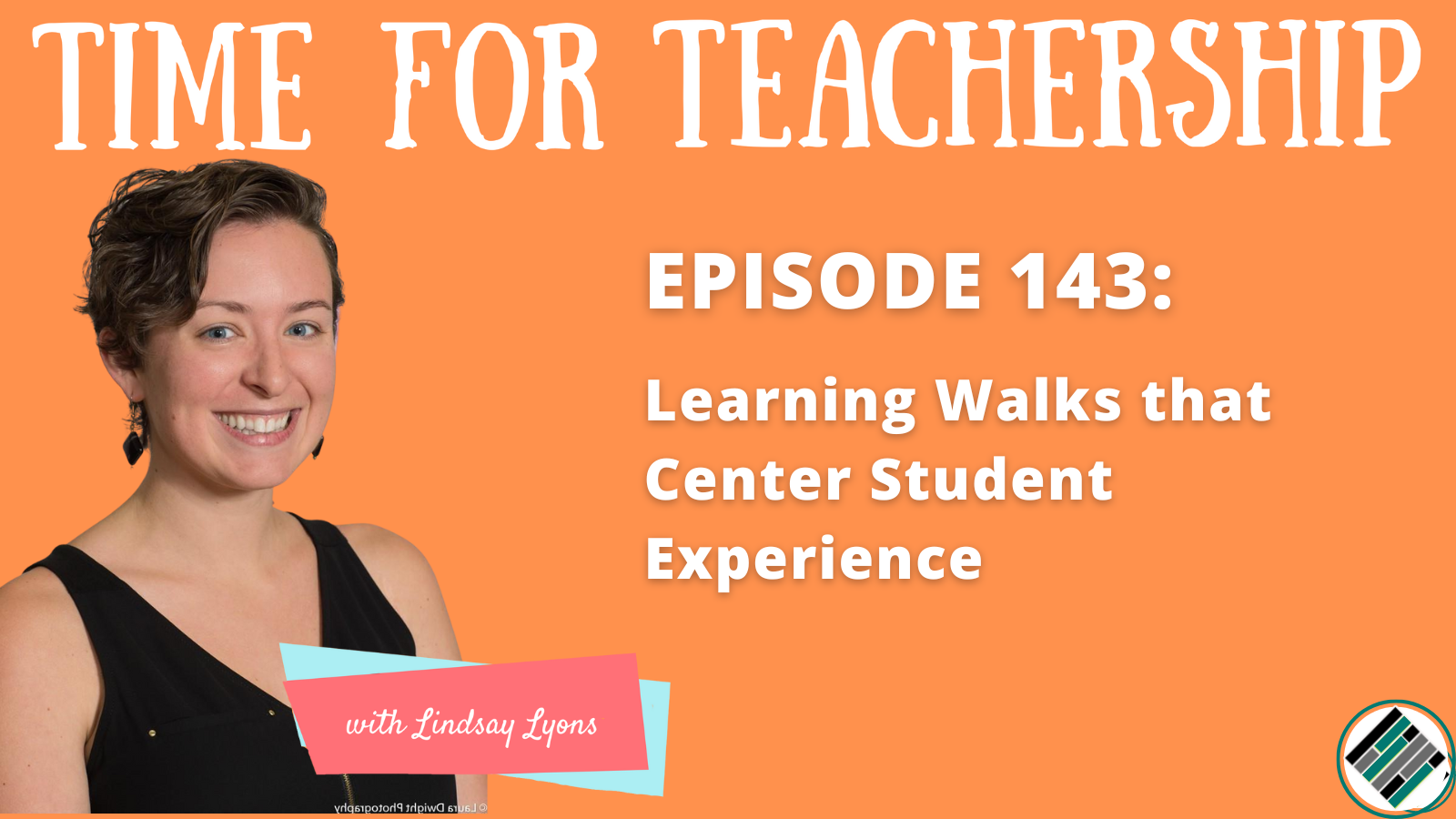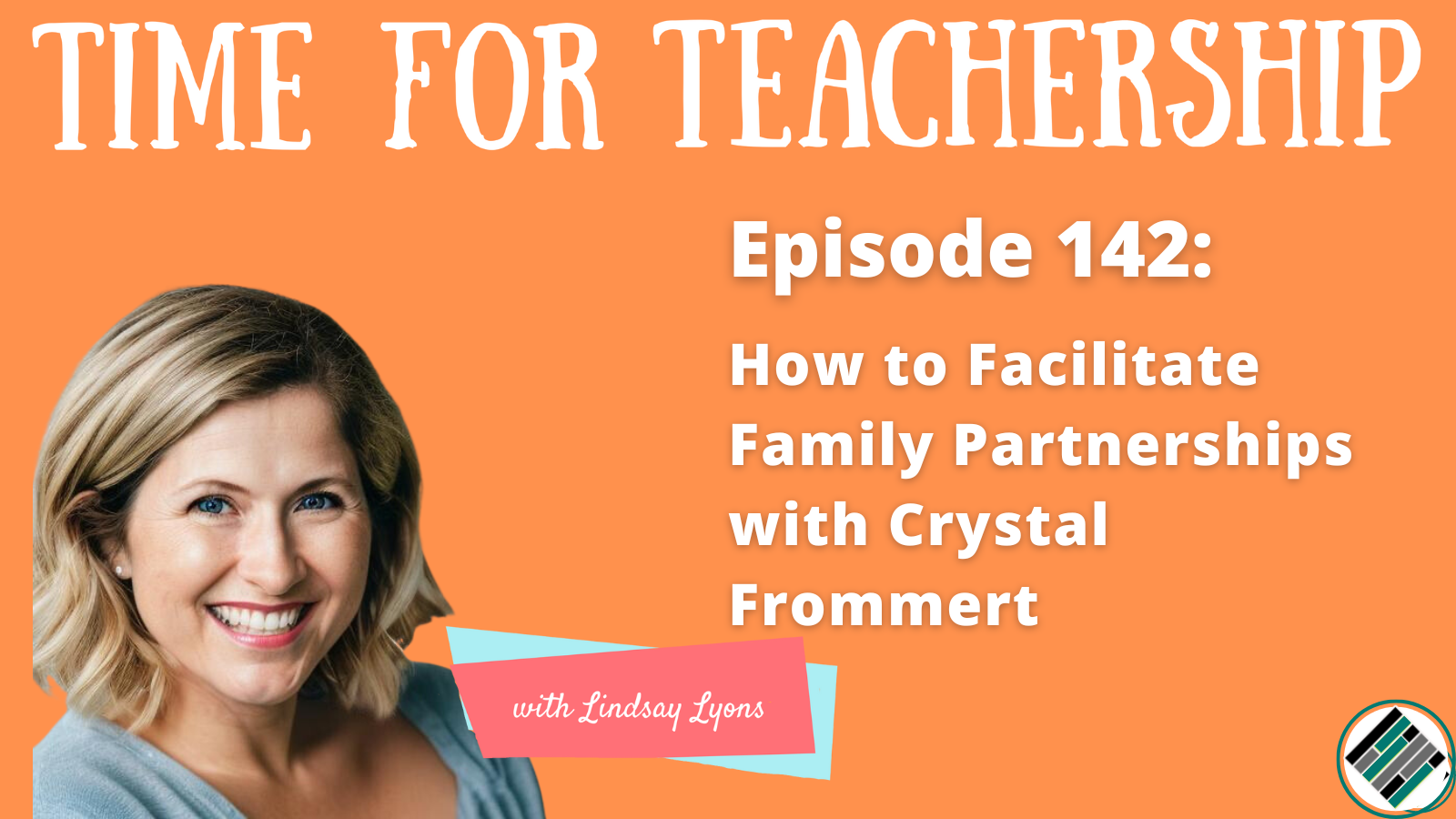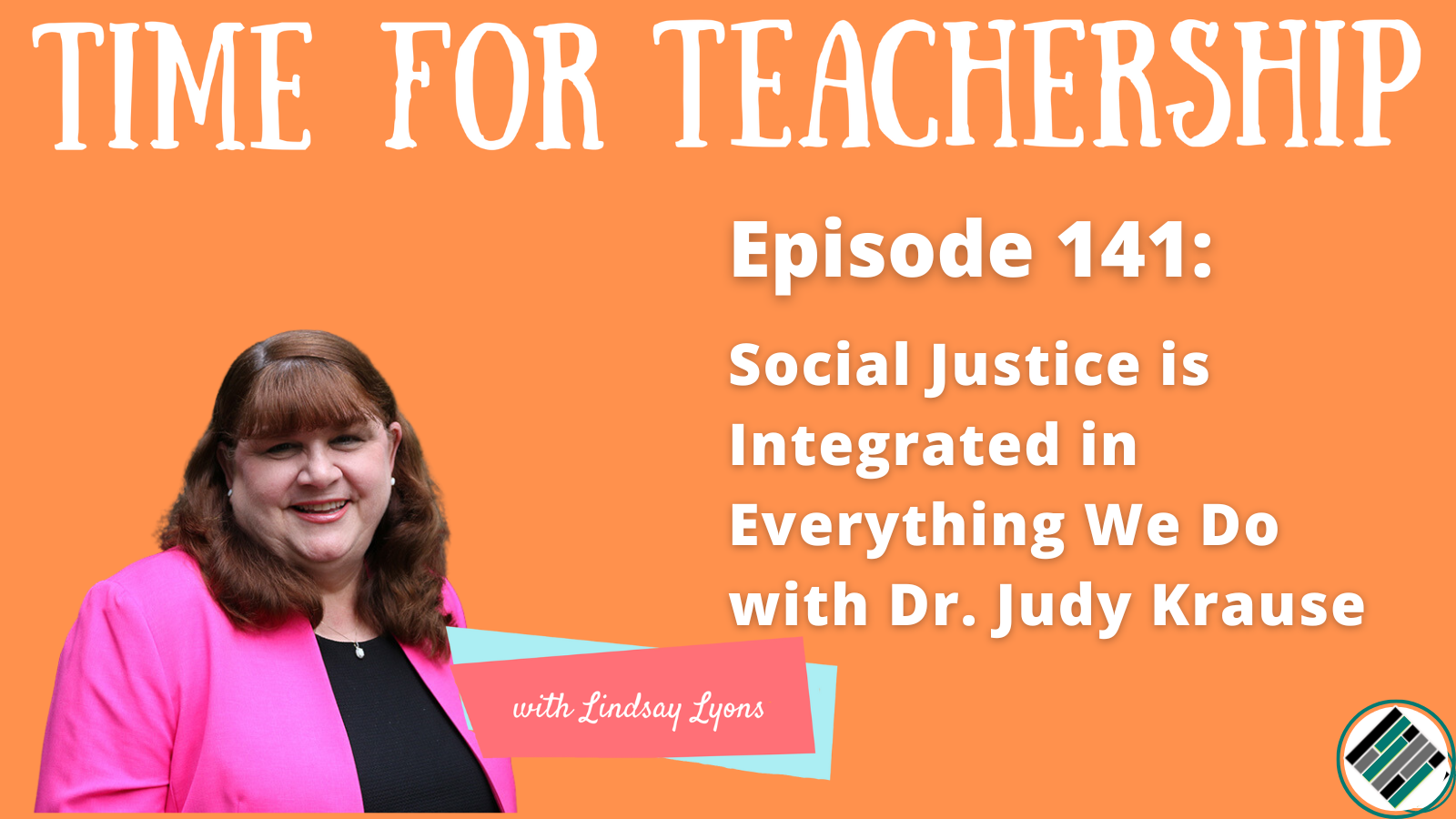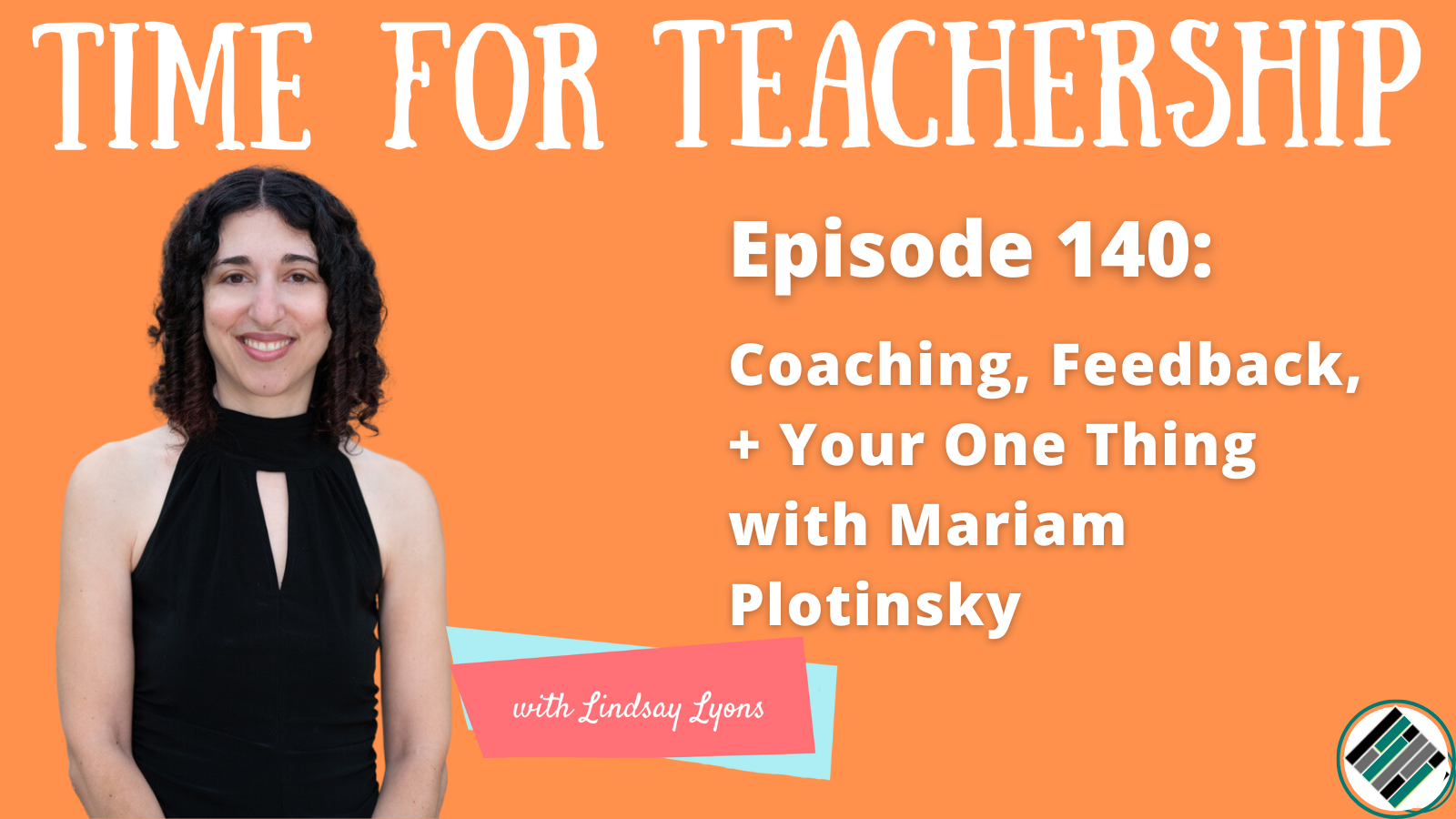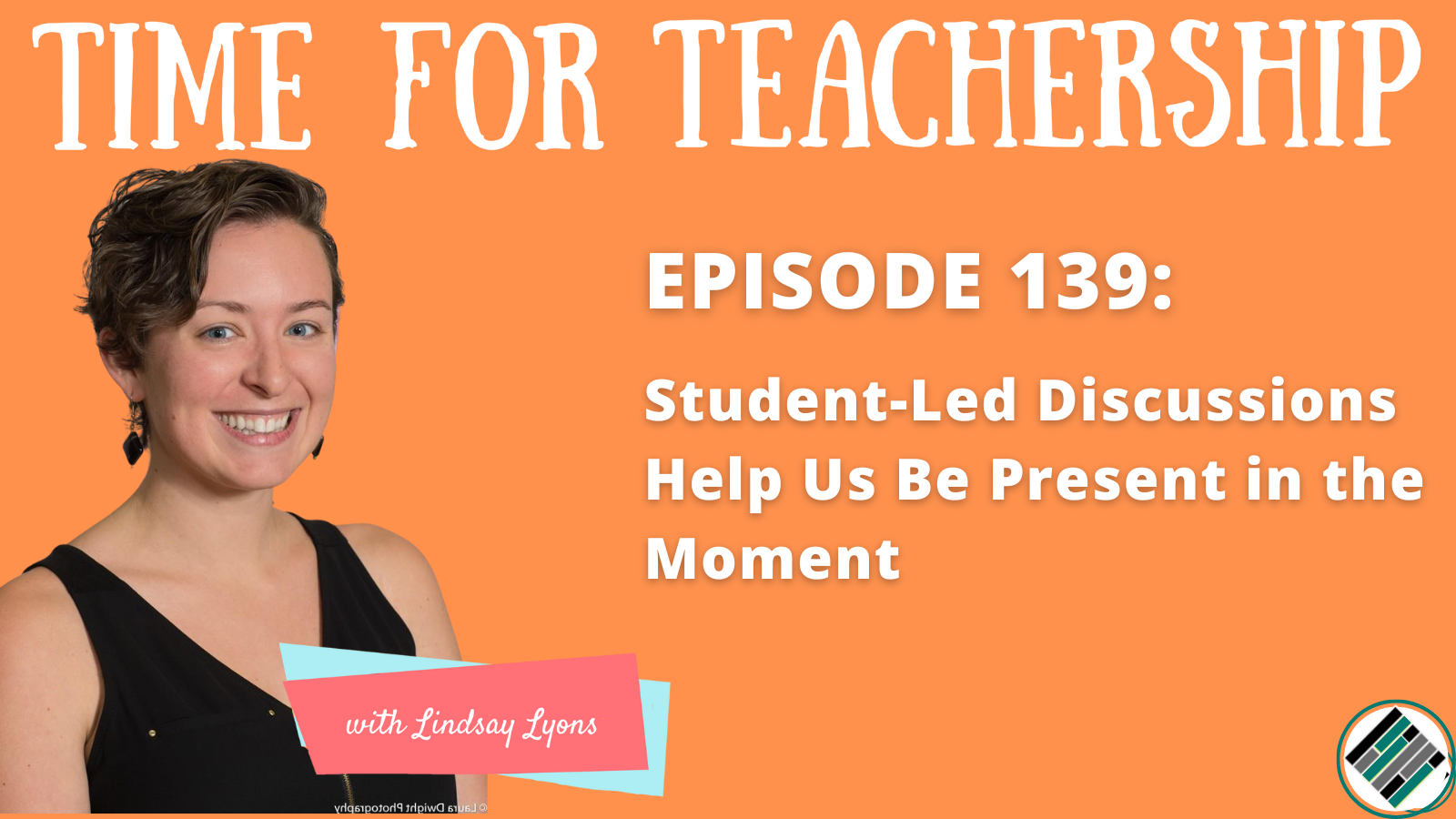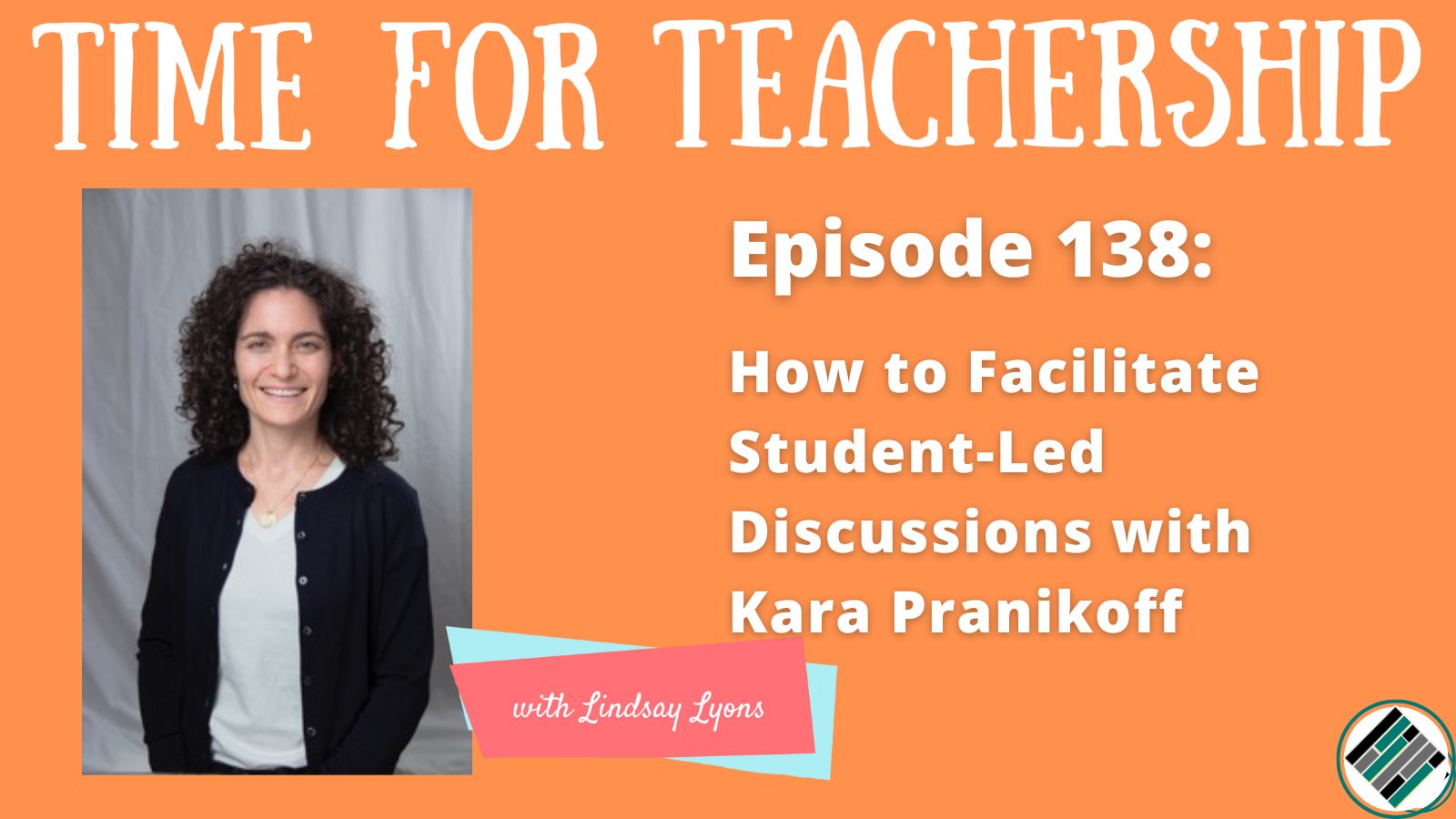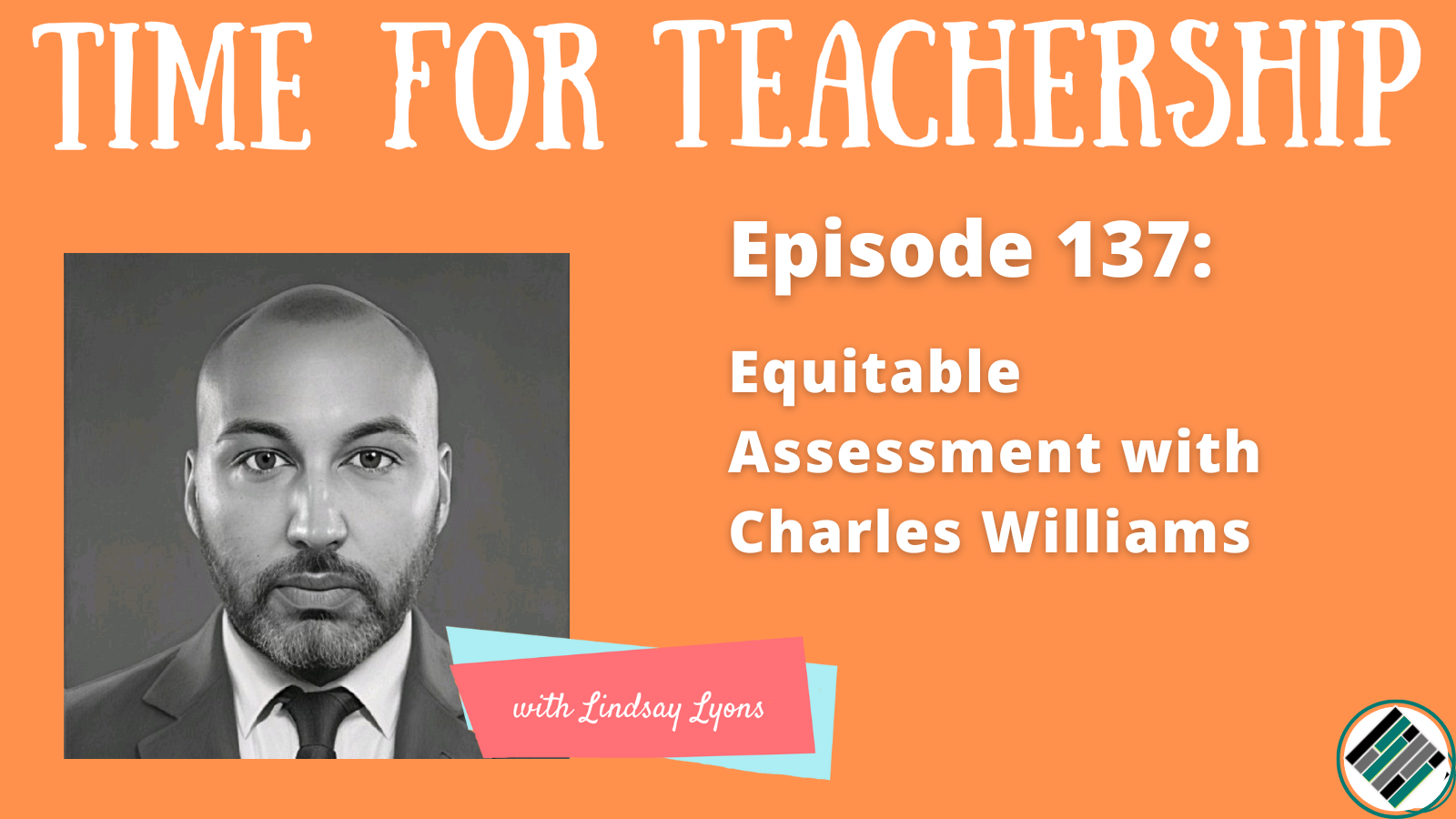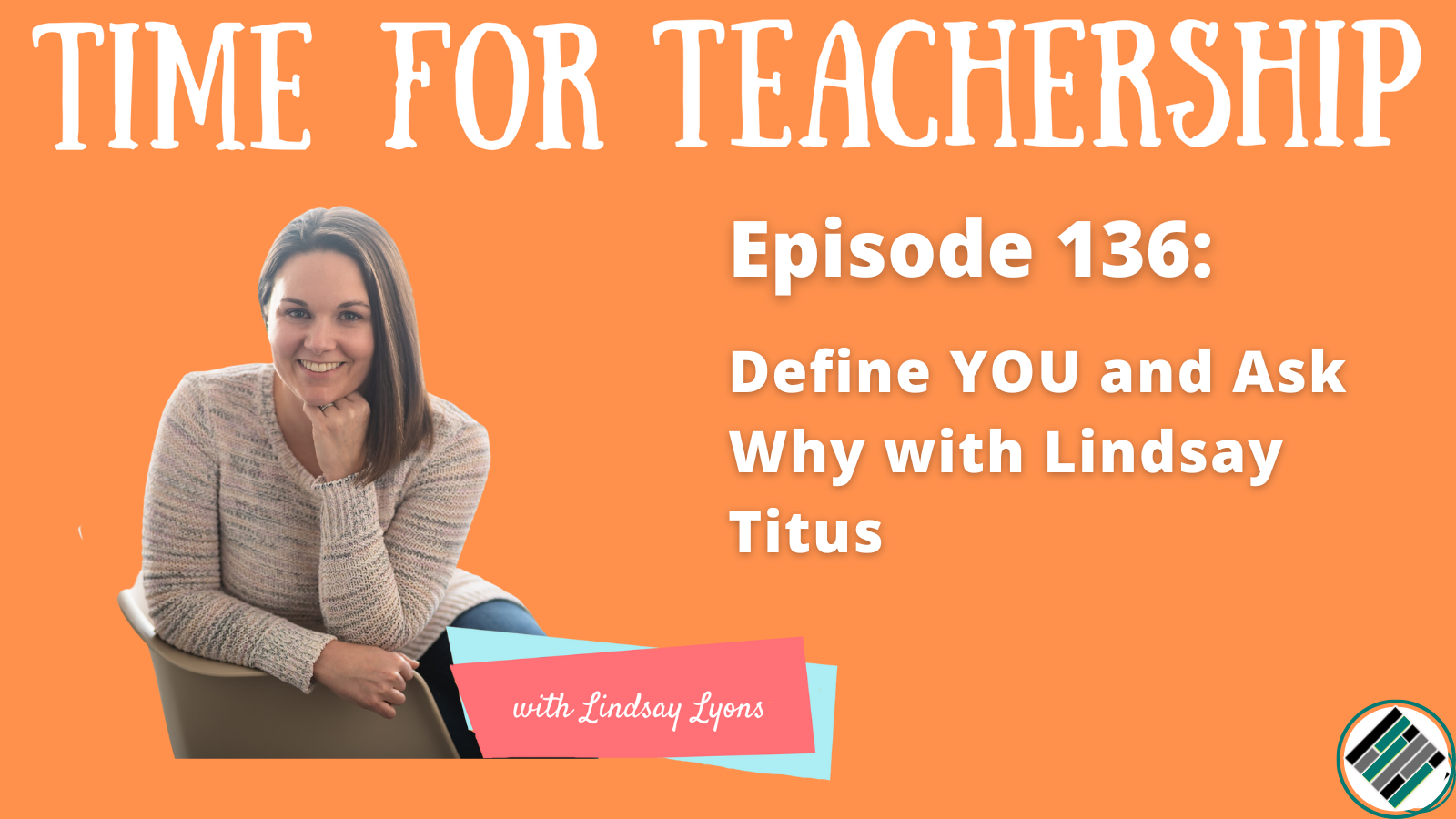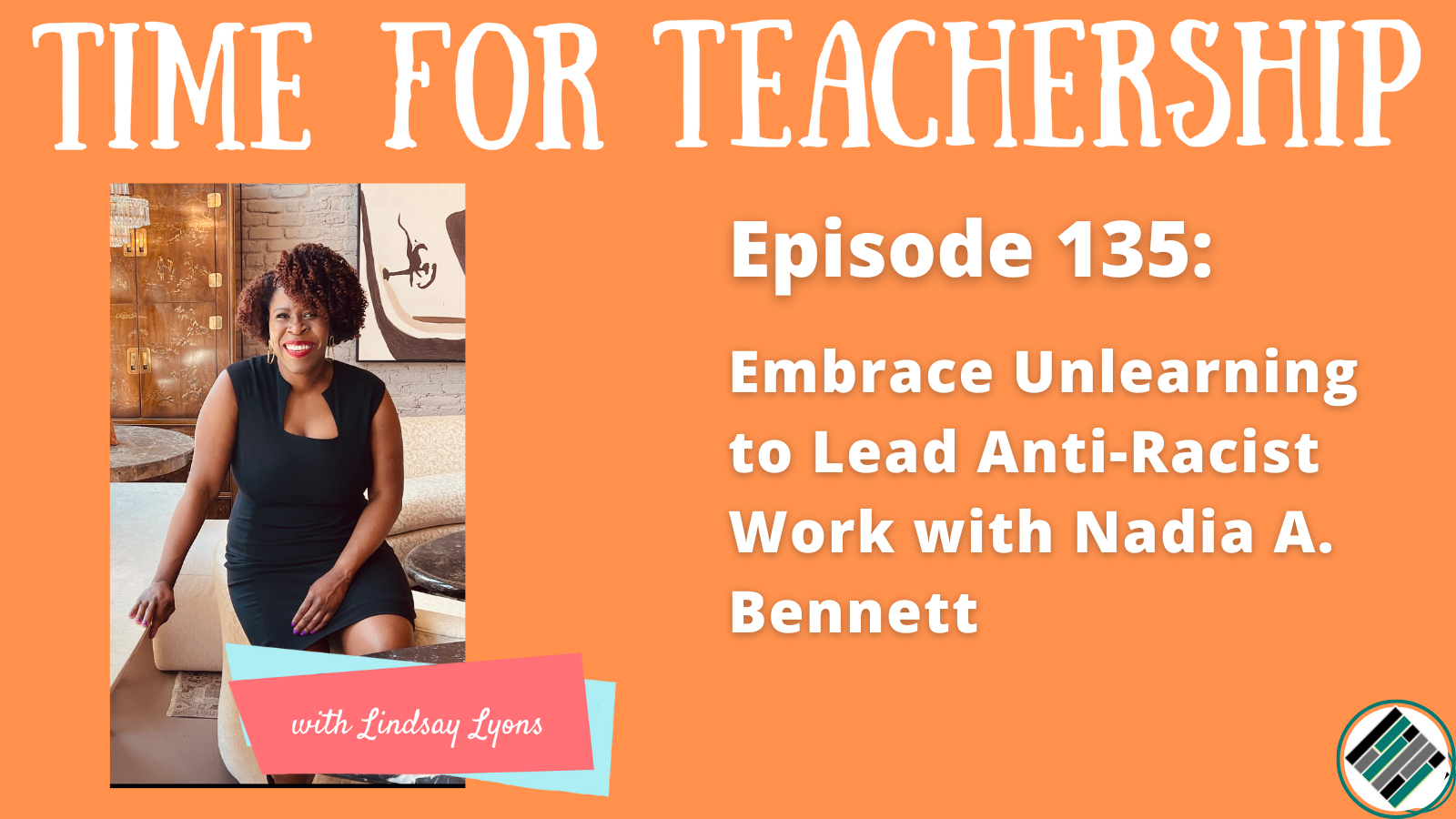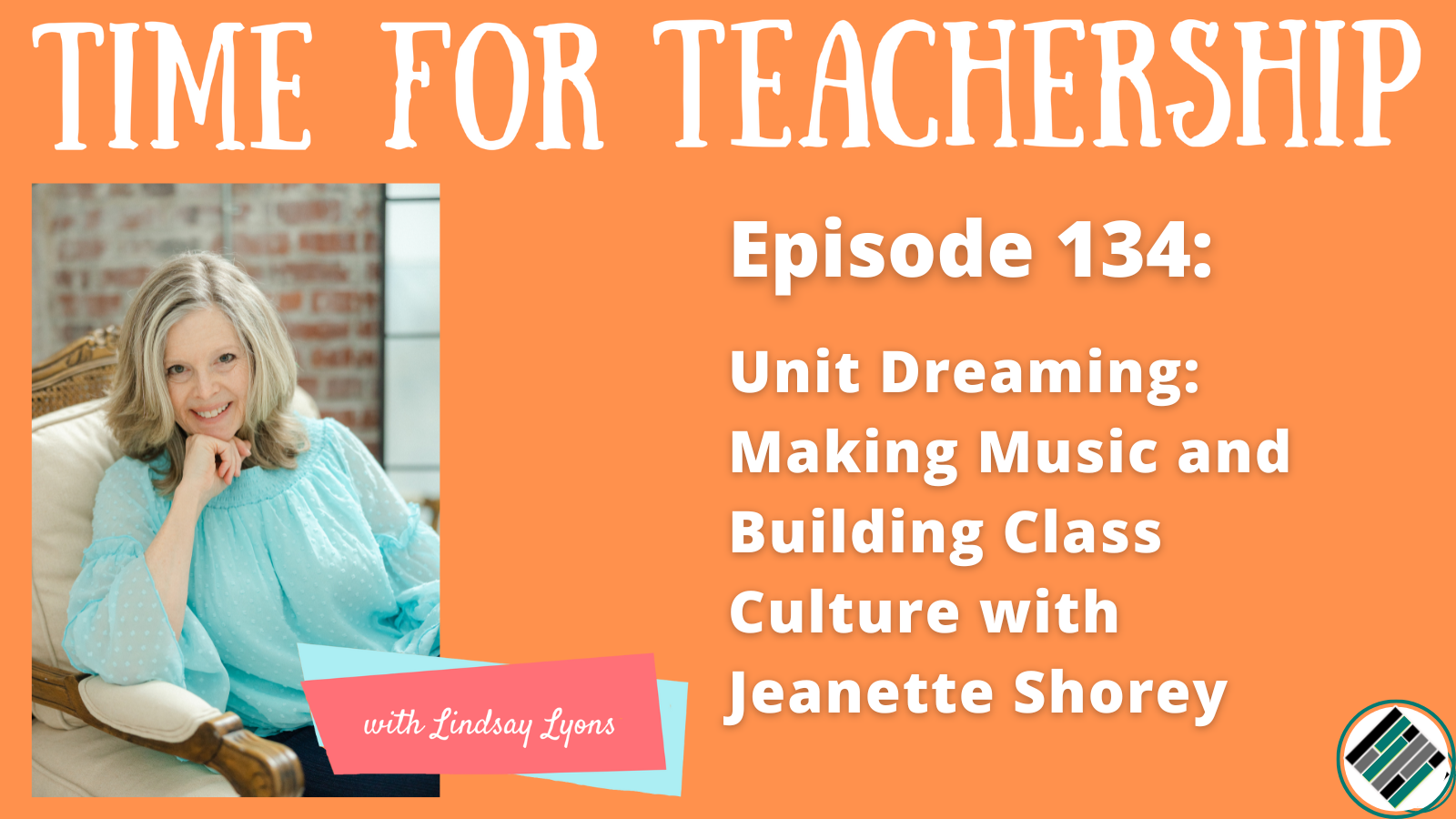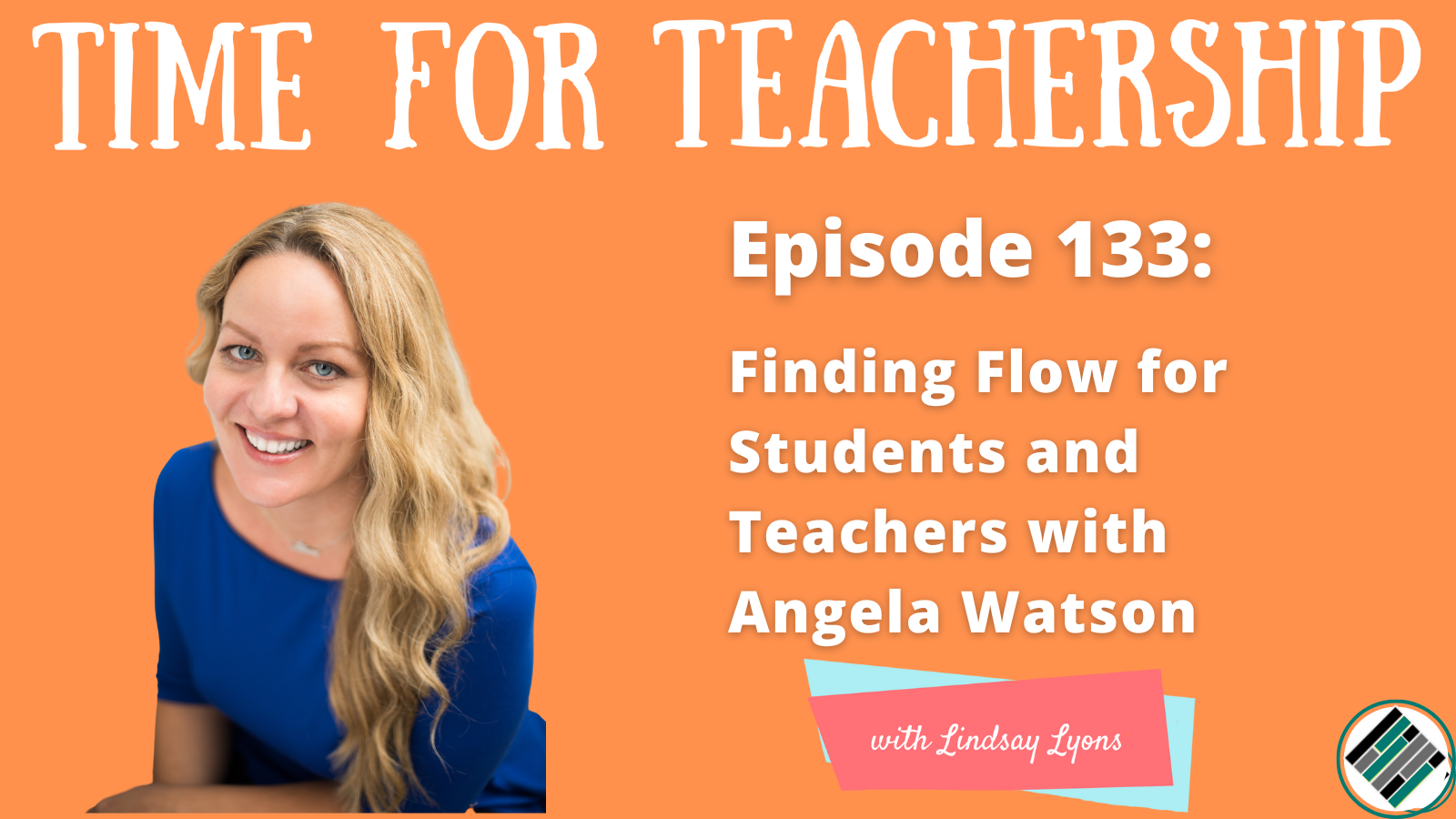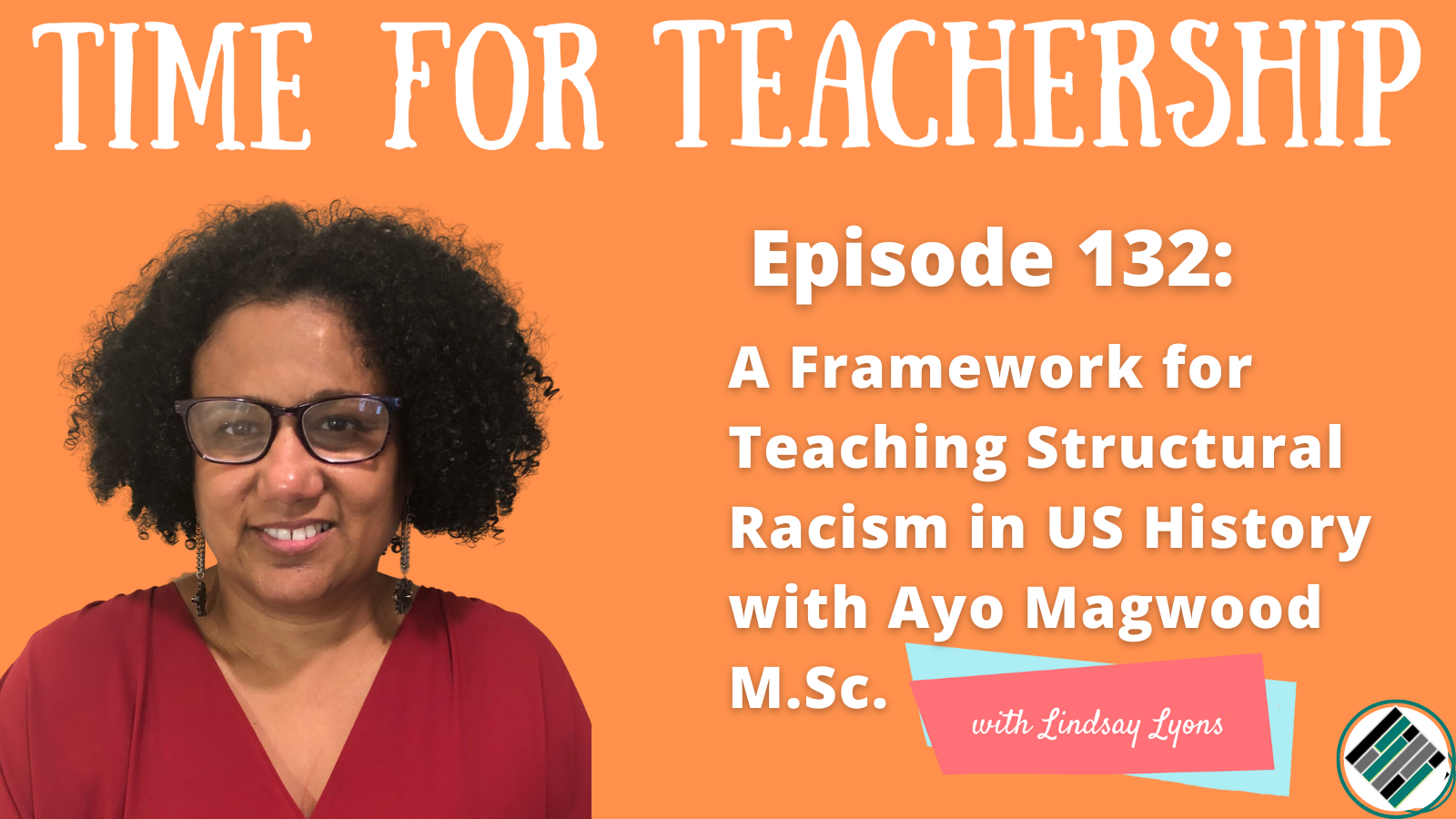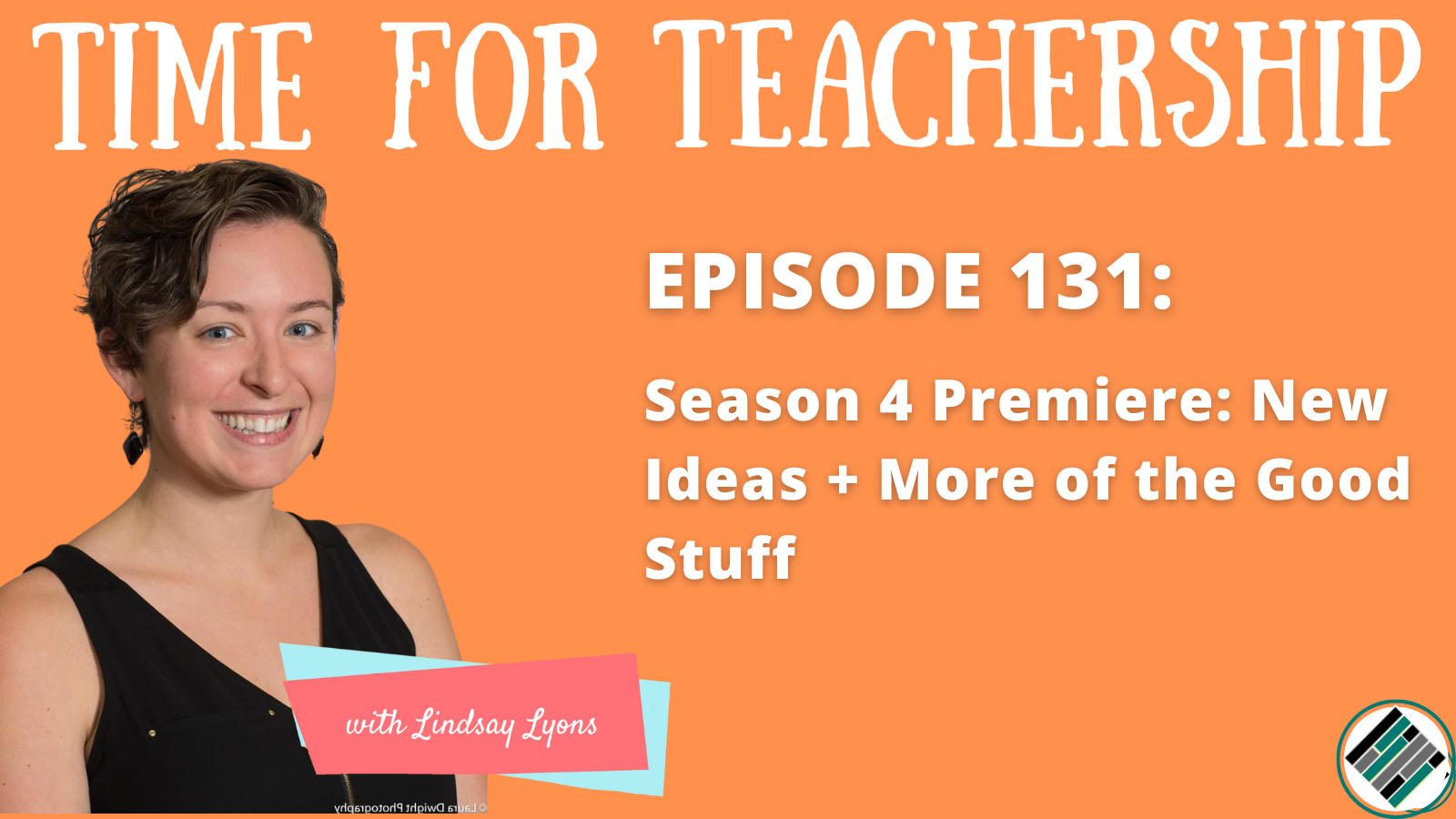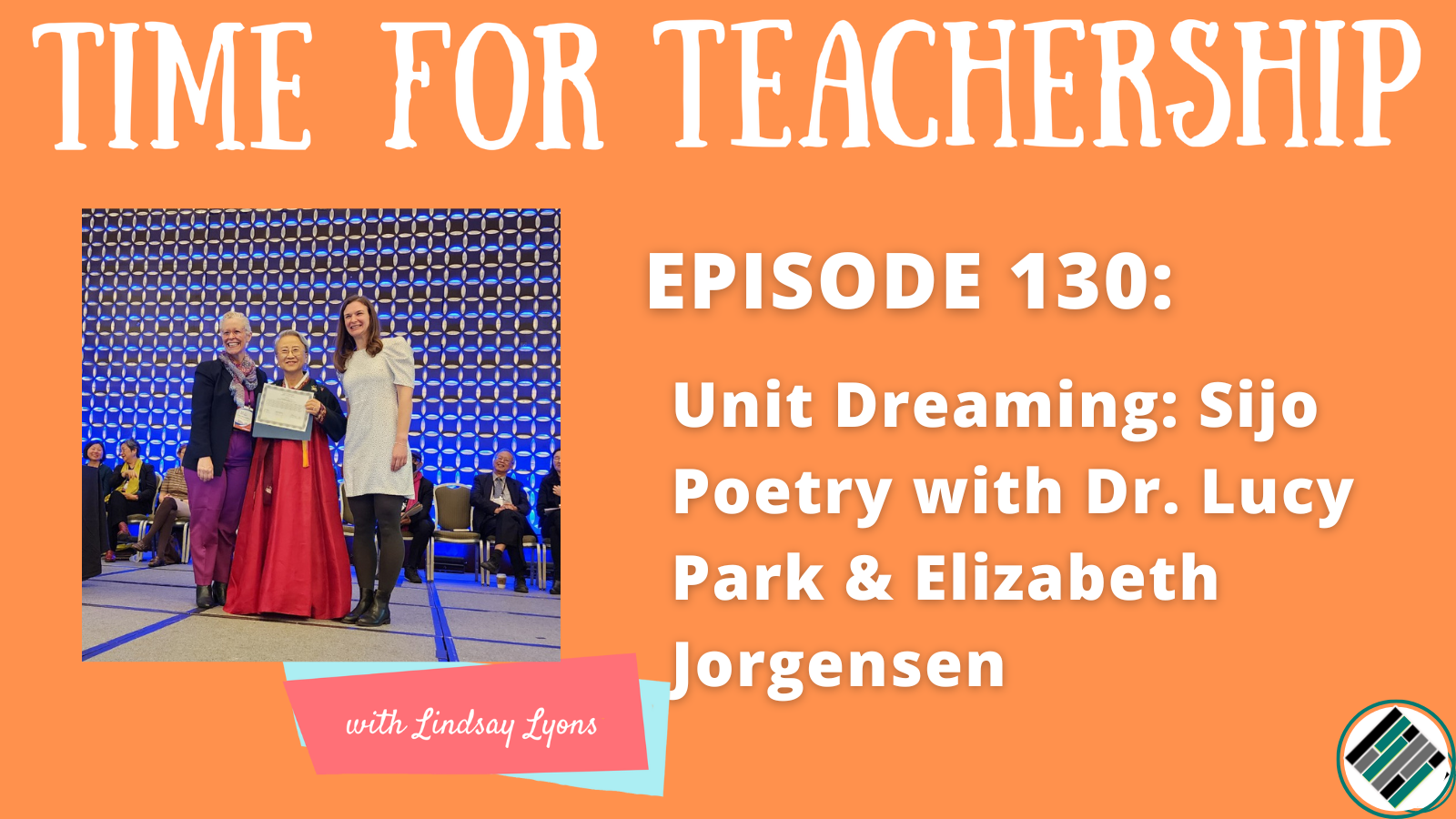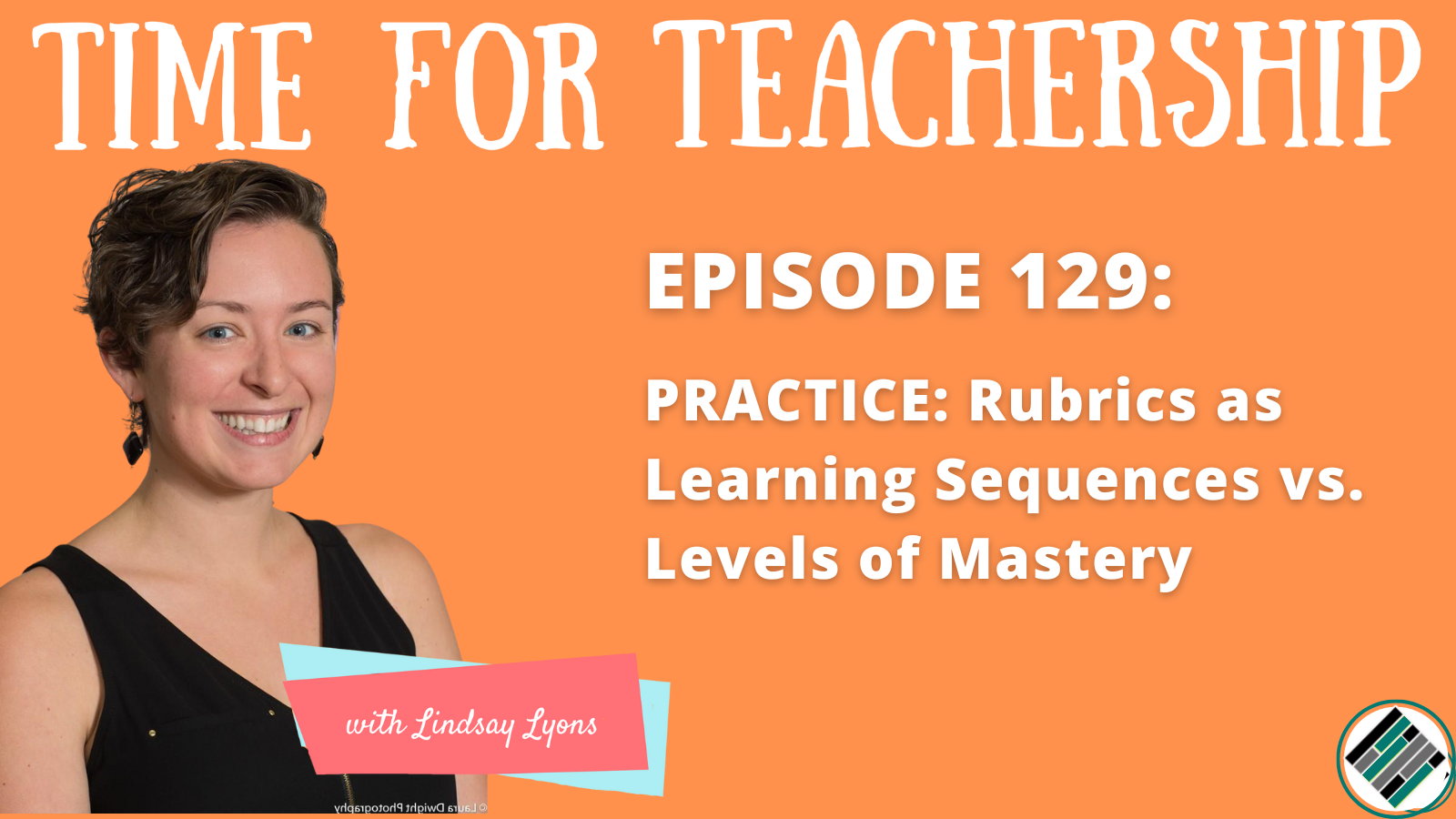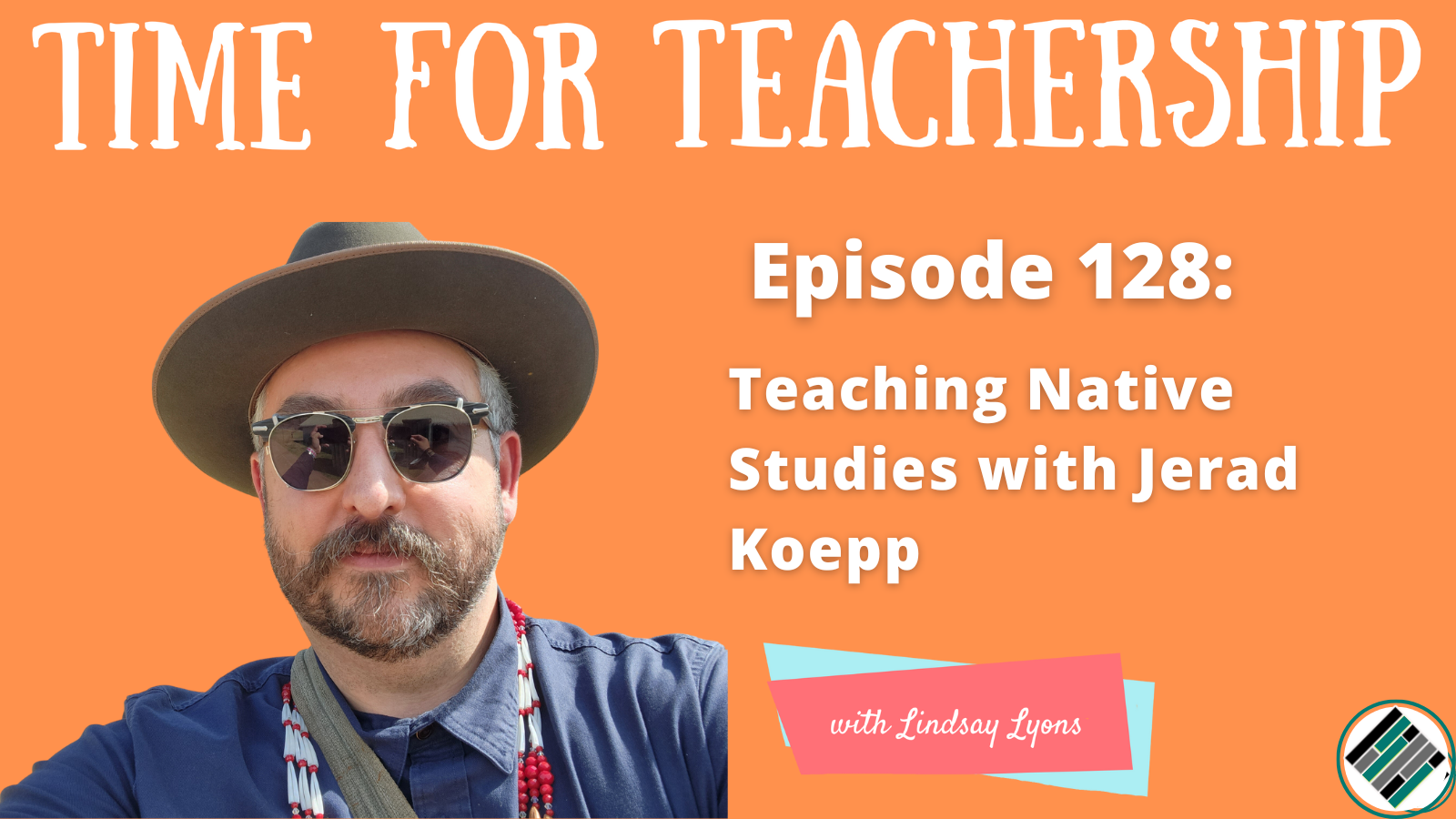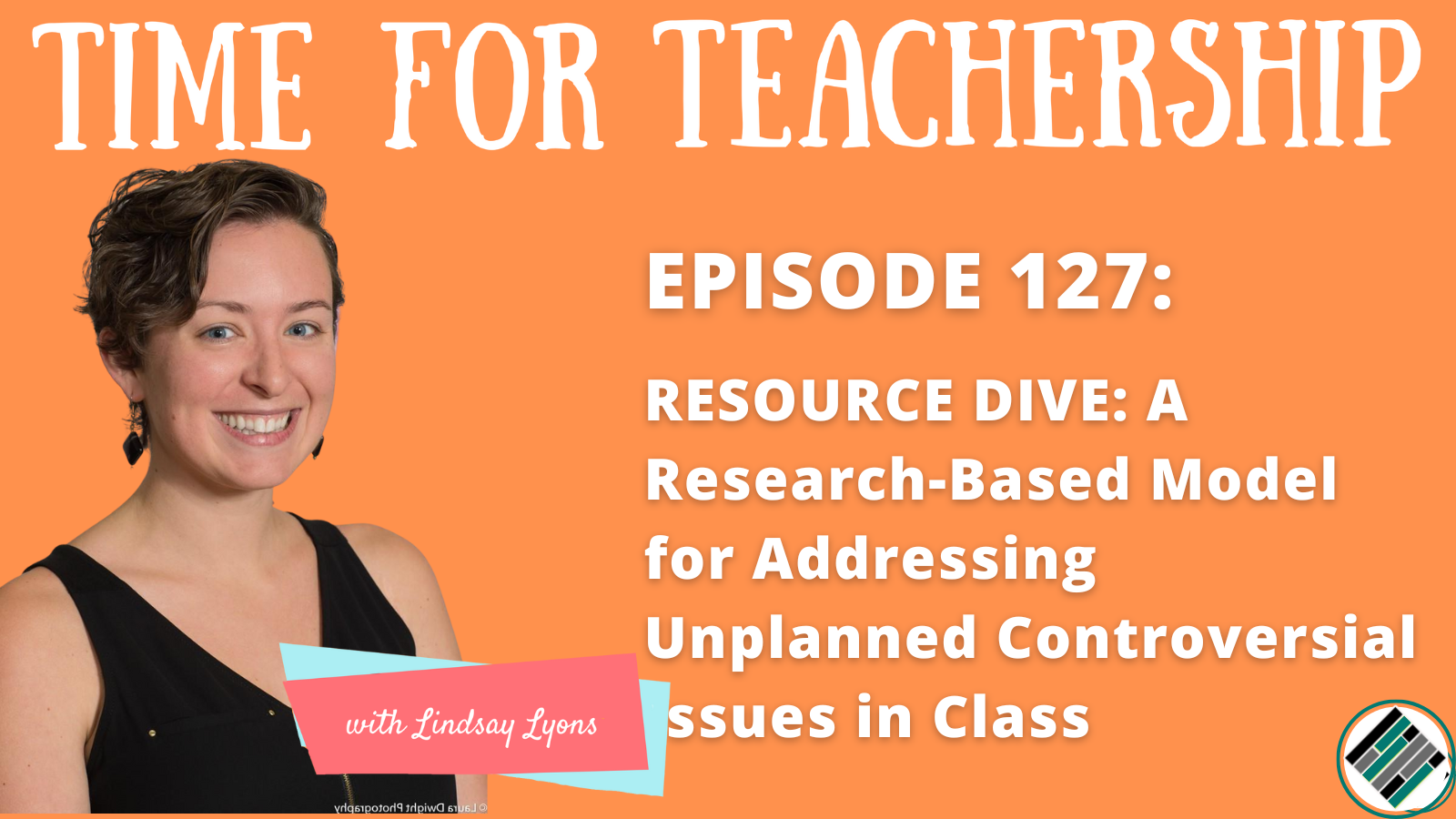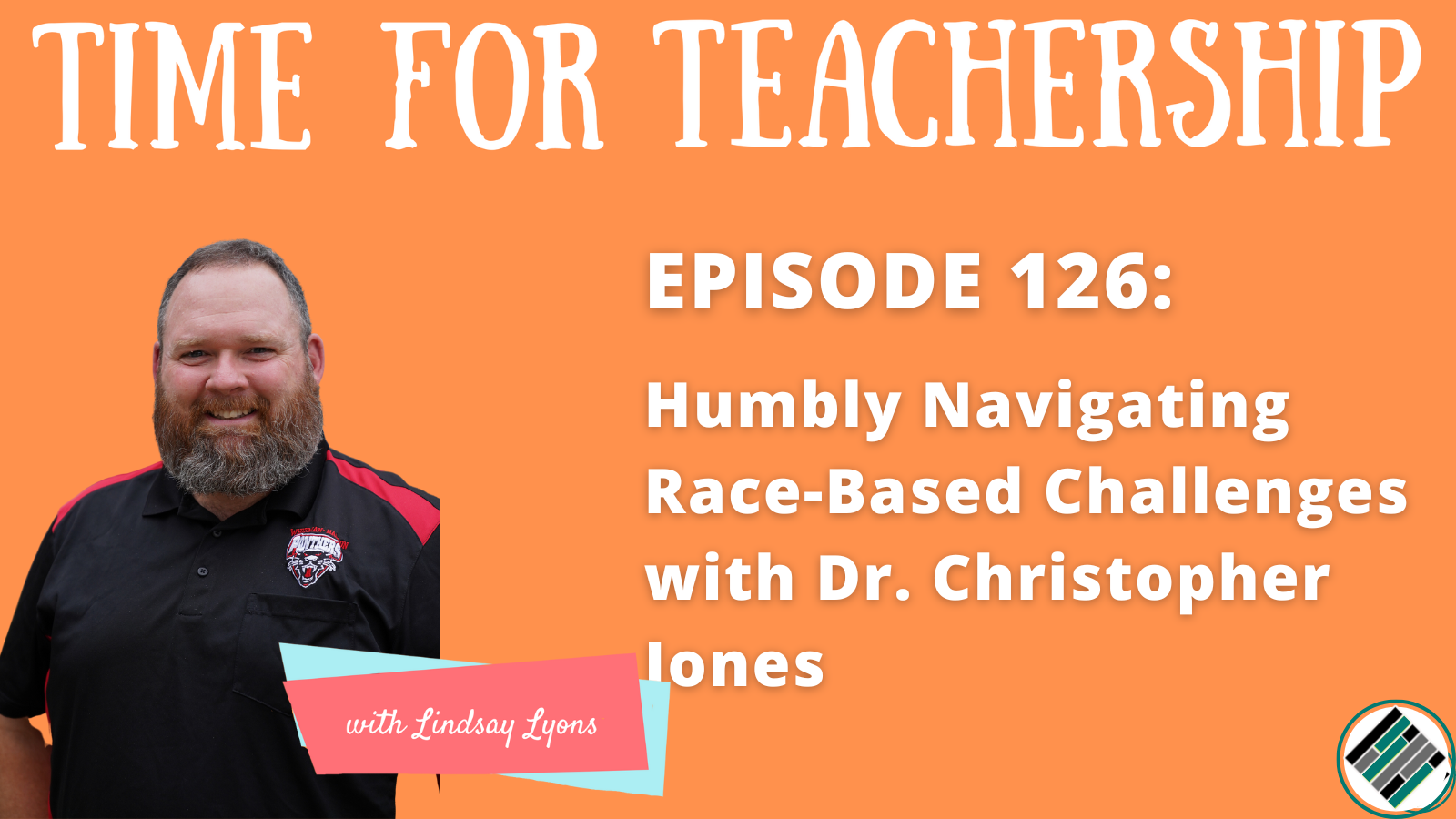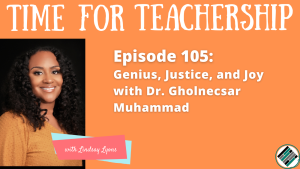
Dr. Gholnecsar Muhammad has held many roles in education from teacher to curriculum director to school board president to associate professor. She studies Black historical excellence in education, intending to reframe curriculum and instruction today. Dr. Muhammad’s books Cultivating Genius: An Equity Model for Culturally and Historically Responsive Literacy and Unearthing Joy are two of my favorite educational books of all time.
In this episode, we talk about her latest book, Unearthing Joy!
The Big Dream
Our children, teachers, and communities deserve genius, justice, and joy.
Defining Joy
It’s more than happiness and parties. In studying what joy was for the ancestors: Happiness is more immediate. Joy is long-term, it’s sustainable. Joy is what you have when adversity continues to strike and you retain your happiness. The ancestors define joy as wellness, as healing, as abolition, as working toward a better humanity for all. Joy is the beauty, the aesthetics we recognize within ourselves and within humanity. It’s centering love and music and art in our learning experiences and our childrens’ voices. Joy is doing things as a collective. It is wide.
There’s a beautiful relationship between justice and joy. Joy offers solutions and hope. We don’t get to joy if there’s no justice.
Creating a culture of joy is anywhere from the way we greet students and what’s on the walls and the room’s colors, but it’s also how we make it a prominent goal, almost like a learning standard, in our curriculum and instruction.
Teacher as Artist
We are artists! We create from the world around us just like any other artist. We read the word, the world, and we create. Our art is our curriculum.
I worked with Bisa Butler and saw how she creates. I watch my husband create music. I do the same things when I write curriculum!
I get inspiration from everything. Even silly Netflix shows!
I ask myself: What issues are most urgent to be taught right now? Out of all of the things, what must I teach? Sometimes I start with a text I read. Sometimes a learning standard. Sometimes a theme or concept. I try to create and design around our social times and what our children need today.
A metaphor for cultivating teachers’ curricular fluency: fashion designer!
We have to believe in the genius of our teachers. They’re not often given the time to do the work. Sometimes I’ll just share the model and give teachers 20 minutes to go into groups and create. The work that comes out of that is exhilarating! What I learned from that is teachers need time and space and each other to do this work. There’s joy, energy, and transformation when we collaborate. These spaces create possibilities and we hold one another accountable for teaching criticality, multiple identities, and justice.
We need to give teachers more time. We still do education like we did in 1638 in this country. The way we schedule, train, prepare, and teach. It’s time for an overhaul.
On Resistance
We want to be excellent, we don’t want to be okay or basic. In response to resistance, I always respond with love. For the most part, people are against this work because they don’t know or they’re afraid.
This is not new work. Black Americasn have been doing this work since the 1800s. We have to build our capacity. Get uncomfortable. Lose our egos. Stop being so mean.
Dr. Yolanda Sealey-Ruiz says this requires an archeological dig of the self. It starts with critical love and critical humility. Step back and listen, learn, and heal.
We shouldn’t hire educators who don’t have a record of anti-racism. Hire people who are ready and prepared or at least willing to do this work. Then we don’t have to keep fighting folx who don’t want humanizing practices.
One Step to Get Started
Don’t just wait for something to pop up on the news. Do your work. Read. Be a scholar of education. Engage with multimodal texts (like podcasts!) and don’t rely on just one person for information. Also, use multimodal texts with students.
For a joyful experience, dig into Unearthing Joy. There are songs, artwork, poetry, and coloring book pages.
Stay Connected
You can find this week’s guest on @GholdyM on Twitter and Instagram.
To help you start building your curriculum designing capacity, I’m sharing my Curriculum Boot Camp Planner with you for free. And, if you’re looking for more details on the ideas in this blog post, listen to episode 105 of the Time for Teachership podcast. If you’re unable to listen or you prefer to read the full episode, you can find the transcript here.
Quotes:
- “[The ancestors] define joy as wellness, as healing, as abolition, as working toward a better humanity for all…the beauty…we were able to learn and recognize within ourselves and within humanity…love and music and art in our learning experiences…childrens’ voice…”
- “We don’t get to joy if there’s no justice.”
- “We are artists! We create from the world around us…We read the word. We read the world, and we create. Our art is our curriculum…”
- “I ask myself: What issues are most urgent to be taught right now? Out of all of the things in the world, what must I teach? I really start with that question.”
- “I try to create and design around our social times and what our children need today.”
- “We want to be excellent, we don’t want to be okay or basic.”

